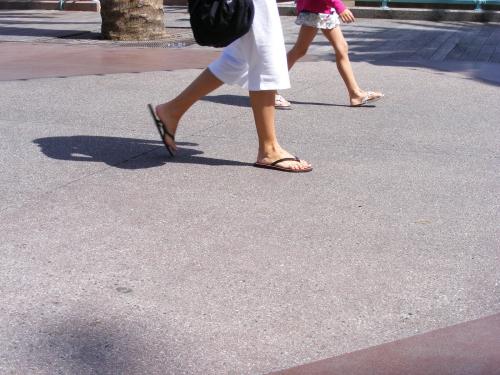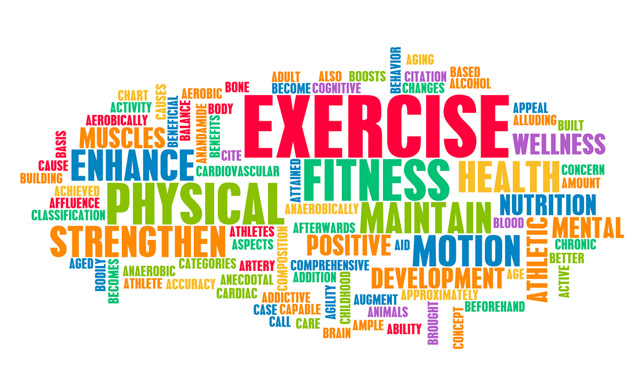04 Jul

Stay Connected – 








Diet and walking are often paired as an excellent way to help individuals lose weight simply and effectively. After all, what could be simpler than walking? It is a mild, inexpensive, and easily accessed form of exercise. Yet, walking is more than about keeping yourself in your weight category. It is an excellent way to help you live a healthy life.

Why Walk?
There are any number of explanations why walking is good for you:
-
According to the various Cancer Societies and Associations, walking needs to be part of a balanced lifestyle. If you walk regularly and briskly, you can reduce the risk of breast cancer. One study published in the British Journal of Cancer (2008) also found walking to be to helpful in decreasing the risk of colon cancer.
-
Walking helps improve your mood. It decreases instances of depression and other types of mood disorders. The Anxiety Disorders Association of America endorses walking as a positive means of helping those affected in this manner.
-
If you walk briskly regularly, you reduce your chances of developing heart disease. Walking helps you to lower your blood pressure as well as your blood sugar and cholesterol levels.
-
The American College of Sports Medicine also supports active and regular walking as part of improved health. They particularly urge it for those who suffer from arthritic joints. While some believe walking to be risky, the association believes the benefits, in this instance, outweigh the risks.
-
In 2005, an Australian study1 looked at diabetes and exercise. They found that walking would help individuals maintain a lower weight. This, in turn, would prevent an onset of Type 2 Diabetes.
How Much Walking is Best?
If you want to stay healthy, you need to walk every day. To really lose weight, this means 30 to 60 minutes every day, however if your goal is to improve your overall health, you probably do not need to spend more than 20 minutes of your time. While walking briskly does help the most with cardiovascular health, vary your pace.
No matter what the pace, it is good for you and your health. If, however, you decide to do regular walking, make sure you have the right equipment. Dress for the weather and be sure to wear comfortable shoes. If it is necessary, make sure they are suited for the type of walking—e.g. speed walk—or terrain you are covering.
Variety
Walking, even brisk walking, does not have to be boring. There are several ways to liven it up. These are a few suggestions:
-
Change your route to vary the scenery. Consider parks, historic routes, trails, and indoor sites
-
Walk with a friend
-
Walk at lunch with or without a co-worker
-
On days when the weather is anything but pleasant, walk in an indoor mall
-
Take your dog along
-
Make it a family affair. Any younger children can ride their bikes or be pushed in a stroller – there are those designed for faster travel
Walking is more than good for losing weight. It is a viable means you can apply to keep yourself healthy. Walking is recognized as an excellent aerobic exercise by different medical experts and associations. It is considered by many as a simple and inexpensive way for many people to keep in shape and stay healthy throughout their life.







